In the diagram of Identical the aprts marked as A,B,C,D.
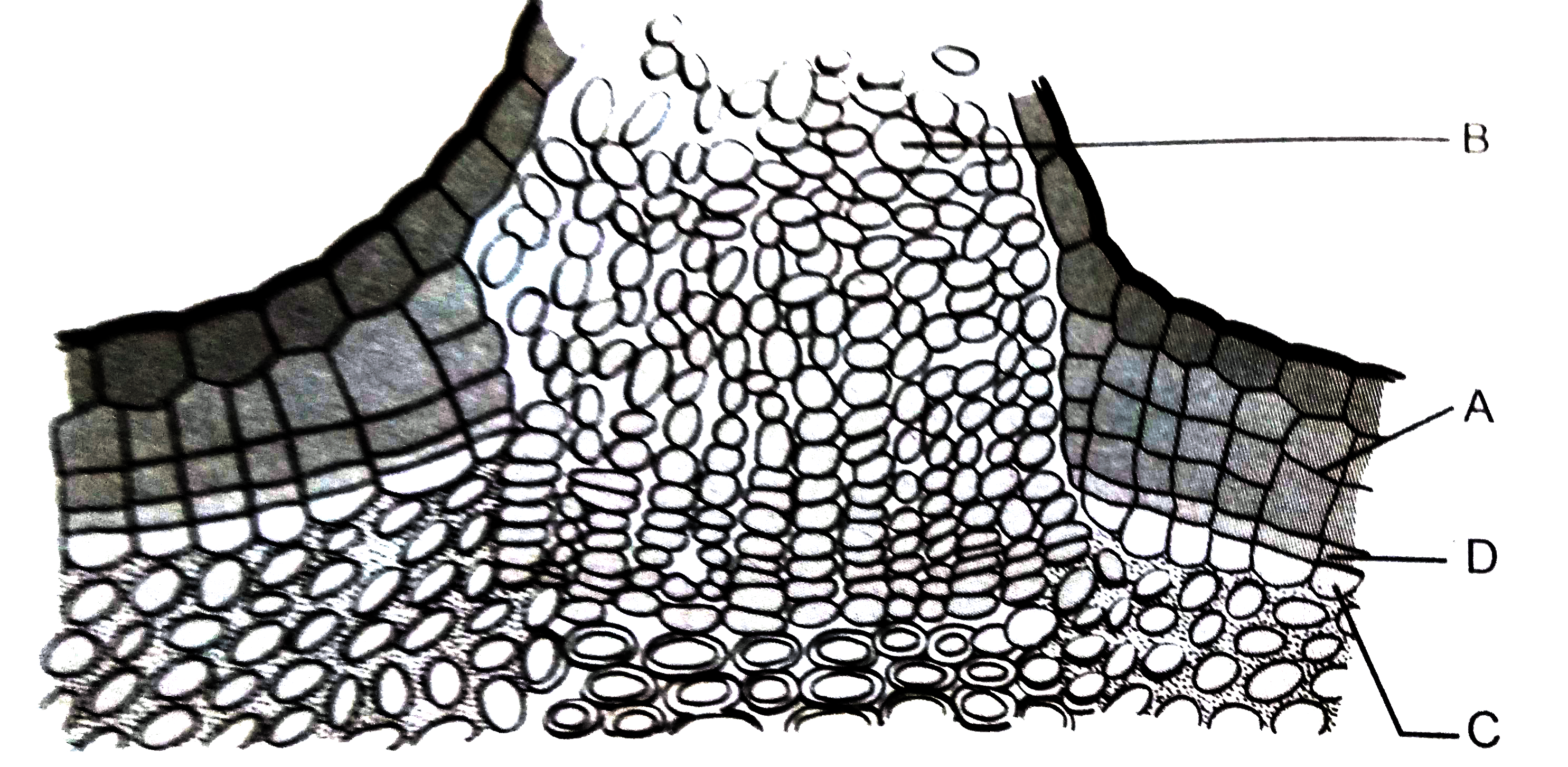 Solution in Tamil
Solution in Tamil
A. phellem , B. Complementry tissue , C. Phelloderm ,D. Phellogen .
A . Complementary tissue , B . Phellem , C . Phellogen , D . Phelloderm
A. Phellogen , B. Phellem , C. Phelloderm ,D. complementary tissue
A.Phelloderm , B. Phellem , C . Complementary tissue , D . Phellogen
The correct Answer is:A
A. phellem , B. Complementary tissue , D. Phellogen
Topper's Solved these Questions
- BOOK - FULL MARKSCHAPTER - SECONDARY GROWTH EXERCISE - Text Book Activities Solved1videos
SECONDARY GROWTH
- BOOK - FULL MARKSCHAPTER - SECONDARY GROWTH EXERCISE - Additional Questions Solved20videos
SECONDARY GROWTH
- BOOK - FULL MARKSCHAPTER - SAMPLE PAPER-4 (SOLVED)EXERCISE - Bio-Zoology(Part-IV)4videos
SAMPLE PAPER-4 (SOLVED)
- BOOK - FULL MARKSCHAPTER - TAXONOMY AND SYSTEMATIC BOTANYEXERCISE - ADDITIONAL QUESTIONS SOLVED (Higher Order Thinking Skills (HOTS))6videos
TAXONOMY AND SYSTEMATIC BOTANY
Similar Questions
Generally monocots do not have secondary growth , but palms and bamboos have woody stems . Find the reason .
02:07View SolutionLongitudinal growth refers to …………..
02:21View SolutionDraw the flowchart of classification of phylum Chordata.
02:21View SolutionNeem is highly valued tree in Indian medicine. It is called by the name veppu in Malayalam, Arishta in Sanskrit, Vembu in Tamil, Nimbo in Portuguese. Suggest a solution for this varied naming problem considering as a taxonomist.
02:21View SolutionIn the diagrams, all the right bulbs are identical, and all cells are ideal and identical. In which circuit (a,b, c,d) will the bulbs be dimmest ?
01:53View SolutionIdentify the parts marked as A, B, C and D for the below diagram.
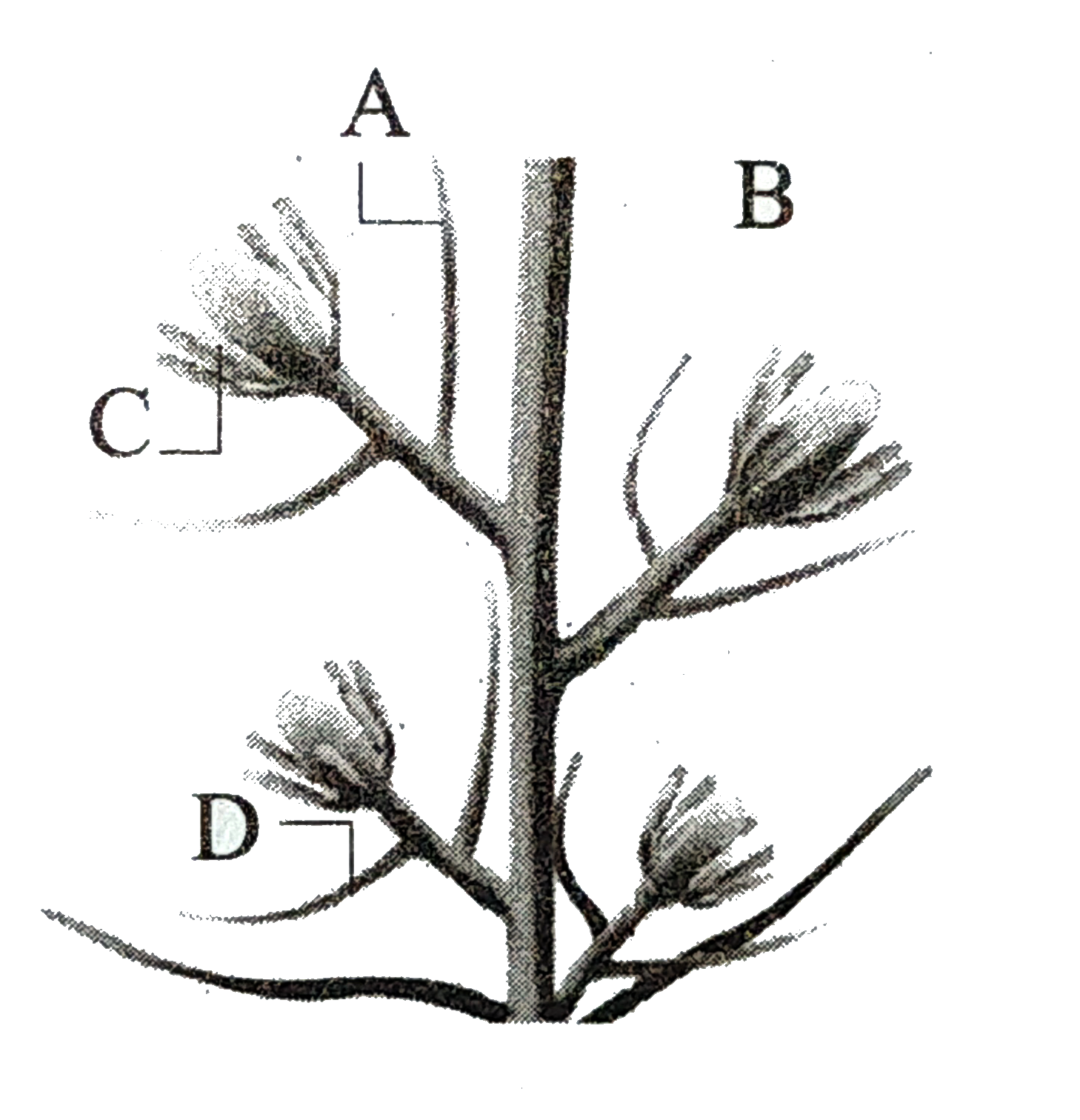 02:59View Solution
02:59View SolutionIdentify the parts marked as A, B, C and D for the below diagram ''Anther dehiscence''
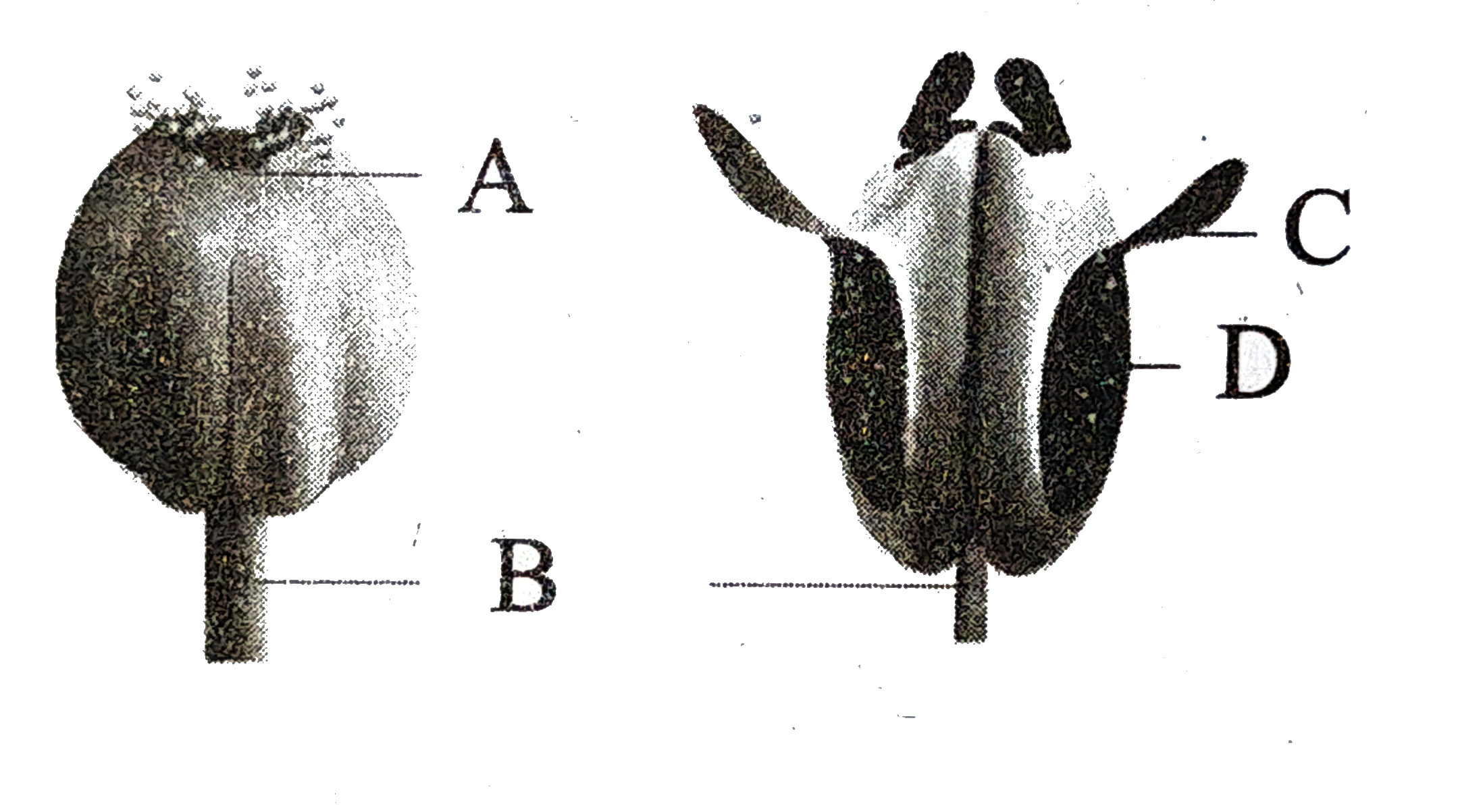 03:08View Solution
03:08View SolutionIdentify the parts marked as A, B, C and D for the below diagram ''Stamen''
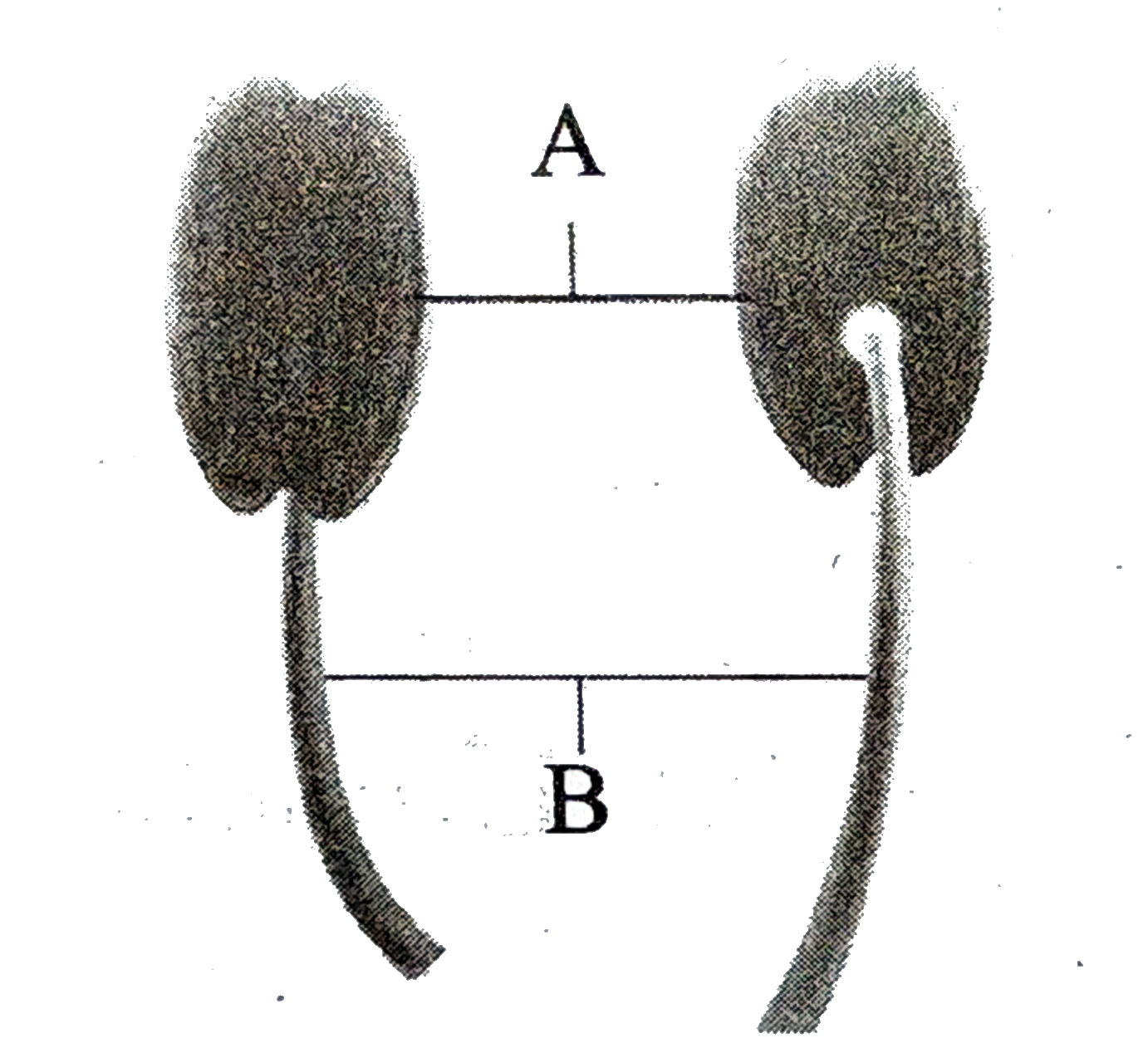 02:58View Solution
02:58View SolutionIdentify the parts marked as A,B , C and D for the below diagram ''Quantasome''
 02:58View Solution
02:58View SolutionIdentify the parts marked as A, B, C and D for the below diagram ''Chemiosmotic theory''
01:38View SolutionIdentify the parts marked as A, B C and D for the below diagram ''Paper Chromatography''
01:38View SolutionIdentify the parts marked as A, B, C and D for the below diagram
02:55View SolutionIdentify the parts marked as A, B, C and D for the below diagram
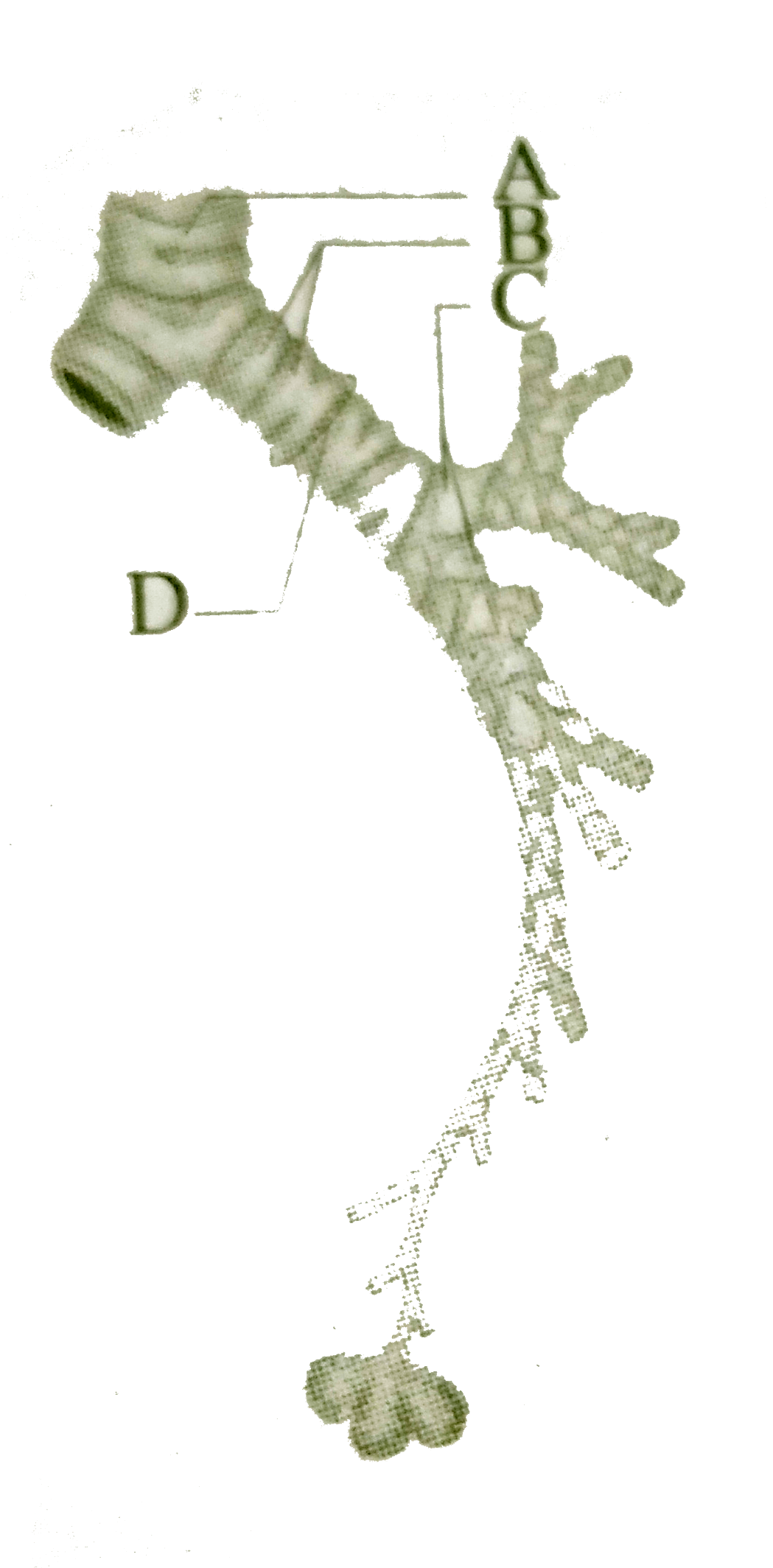 02:45View Solution
02:45View SolutionIdentify the parts marked as A, B, C and D for the below diagram " Large intestine''.
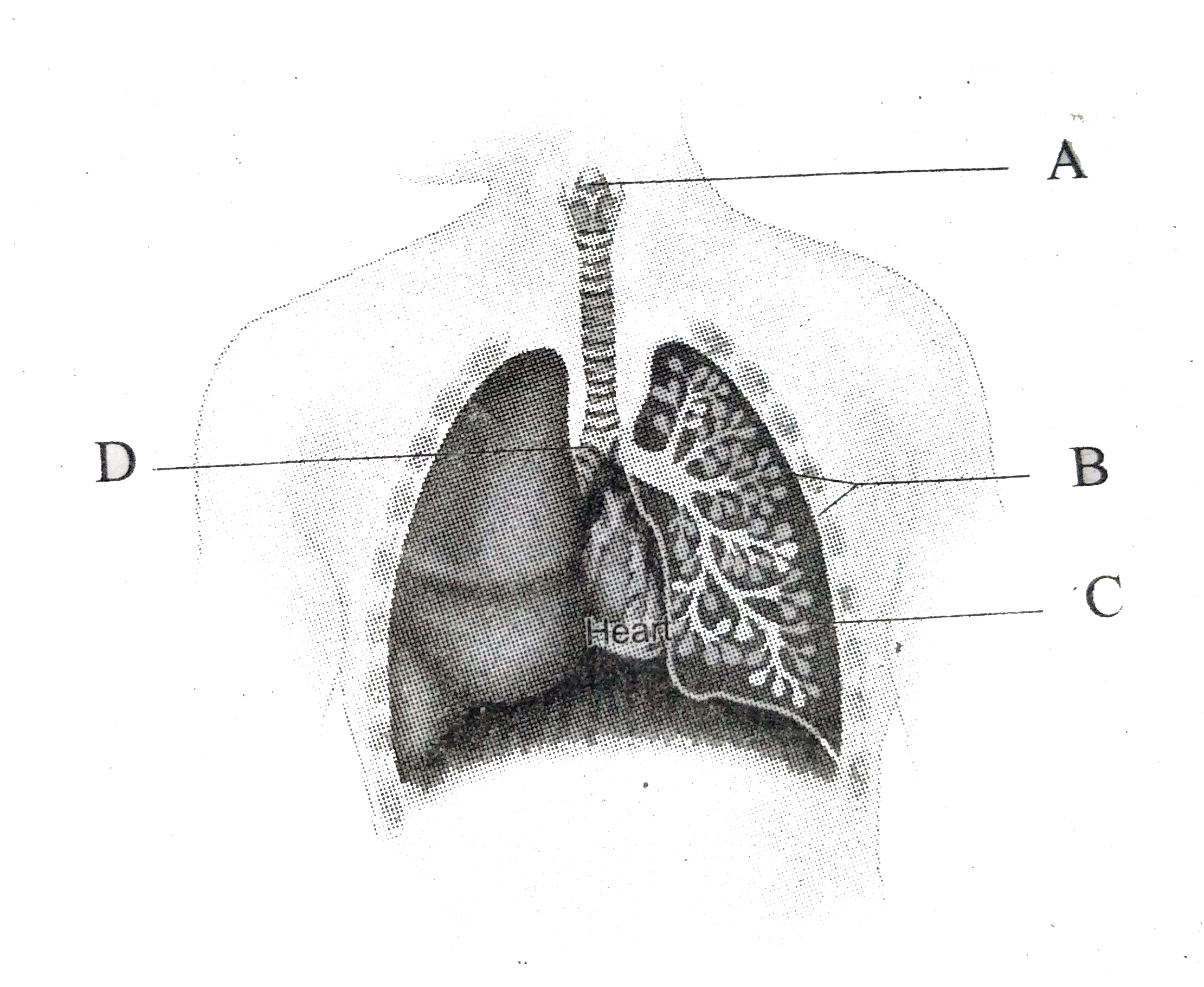 View Solution
View SolutionIdentify the parts marked as A, B, C and D for the below diagram.
03:05View Solution

